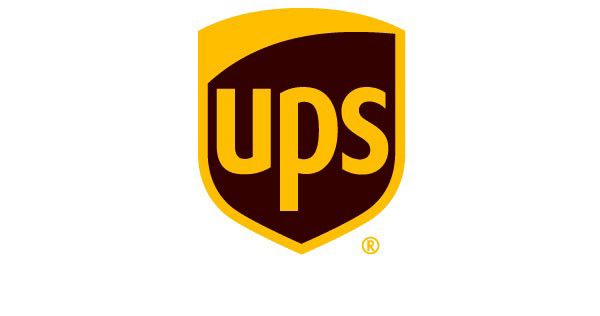mastermind
Rest In Power Kobe
There are over 340,000 UPS workers willing to walk on August 1st. Negotiations broke down over the weekend and the Teamsters are ready to walk. Articles and statements from different media and from UPS and the Teamsters below:

 www.upi.com
www.upi.com

Teamsters, UPS end negotiations as strike looms - UPI.com
The Teamsters said Wednesday that UPS has walked away from the bargaining table after presenting an unacceptable labor contract offer to the union that did not address members' needs. UPS urges acceptance of the offer.
 www.upi.com
www.upi.com
Teamsters, UPS end negotiations as strike looms
Published: July 5, 2023 at 9:35 AM
Doug Cunningham
July 5 (UPI) -- UPS and the International Brotherhood of Teamsters were at odds over contract negotiations Wednesday after agreeing to avert a strike heading into the weekend.
The Teamsters said Wednesday that UPS has walked away from the bargaining table after presenting an unacceptable labor contract offer to the union that did not address members' needs, while UPS urged acceptance of its Friday offer.
The union said UPS also refused to give a last, best and final offer but instead told the Teamsters the company had nothing more to give.
"This multibillion-dollar corporation has plenty to give American workers -- they just don't want to," said Teamsters General President Sean M. O'Brien in a statement. "UPS had a choice to make, and they have clearly chosen to go down the wrong road."
UPS issued its own statement, placing the responsibility on the union.
"The Teamsters have stopped negotiating despite UPS's historic offer that builds on our industry-leading pay. We have nearly a month left to negotiate. We have not walked away, and the union has a responsibility to remain at the table," the company said.
The current UPS Teamsters contract for 340,000 workers ends July 31. The Teamsters are clear about striking if no new contract agreement is in place by then.
On Friday the Teamsters said they would continue negotiations after UPS offered a revised counterproposal with significant movement on wages, but the union said it wasn't enough for an agreement.
According to UPS's reported numbers, domestic profits were over $2.4 billion in the 4th quarter of 2022 with international operations yielding another $1.091 billion. For the first quarter of 2023 UPS made $2.6 billion in consolidated operating profit.
UPS 2022 revenue was $100.3 billion.
The Teamsters called a strike against UPS in 1997 that shut down operations for 15 days, and cost UPS hundreds of millions of dollars. A drop in shipments back then in anticipation of the strike cost UPS $5 million a day.
The Teamsters are seeking higher wages, an end to a two-tier wage system that pays some UPS Teamsters members less than others, and an increase in full-time jobs.
After the last UPS offer Friday, Los Angeles Teamsters part-time worker Cesar Castro said in a statement that workers were prepared to strike by Wednesday.
"We break our backs working for this company. UPS needs to recognize our sacrifices not just with empty words, calling us 'essential workers,' but by putting the pay, benefits, and protections we deserve into a contract. Every UPS Teamster expects this by July 5 or we will be ready to strike," said Castro.
UPS statement Wednesday urged the union to continue negotiations.
"Refusing to negotiate, especially when the finish line is in sight, creates significant unease among employees and customers and threatens to disrupt the U.S. economy," the company said. "Only our non-union competitors benefit from the Teamsters' actions. We're proud of our offer. It delivers wins for our people. The Teamsters should return to the table to finalize this deal."





